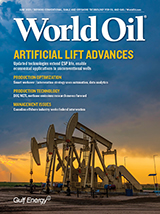Issue: June 2020
Special Focus
An integrated service strategy, combining advanced system design and targeted chemical treatments, extends ESP run life and lowers replacement costs.
Recent advancements in ESP designs and surveillance systems have made the downhole pumps economical for use in unconventional wells. The optimization process also has allowed operators to exploit the improved ESP efficiencies, to increase production and drive down costs in challenging conventional wells, too.
Features
The view from Kansas: Using a combination of technical, financial and regulatory expertise, the U.S. E&P industry will again persevere and move on to future success.
Wells shut-in, DUCs build, as operators look to 2021
Price and virus woes
Some activists can’t resist putting a good crisis to work for other agendas.
Utilizing hydraulic modeling software, with digital twin capabilities, provides streamlined fluid solutions for accessing previously inaccessible reservoirs, while reducing rig time and maximizing overall asset value.
An off-the-shelf shallow-angle milling system, coupled with a versatile whipstock anchor, enables a deepwater GOM operator to sidetrack from a collapsed expandable liner saving 14 days of rig-time valued at $14 million.
Canadian officials have united to spur action by the federal and provincial governments to provide immediate assistance to the offshore industry, which has been hit extremely hard by Covid-19 and the collapse of oil prices.
The U.S. NETL continues to research methane emissions from oil and gas field operations, based on well types, while also developing a machine learning-based methane detection algorithm to detect leaks from a drone.
One service/supply company in the UK shares its lessons learned in coping with Covid-19 while maintaining operations.
Selecting wells for workover or intervention is time-consuming, resulting in fewer well reviews per year and longer intervals between the pre-planning and execution stages. This article presents a solution that uses automation and advanced data analytics to turn months-long manual well selection into a minutes-long process that supports economic production gains.
Each year, the oil and gas industry could save billions in OPEX if just a tiny fraction of the world’s rod-lift and gas-lift wells had the benefit of autonomous optimization.
Columns
Associations take proactive path in Canada and the UK
U.S. operators shut in production, finally
Appreciating depreciation
Creating true value from technology in the energy industry
Latin America’s E&P moves at reduced rate
Resources



